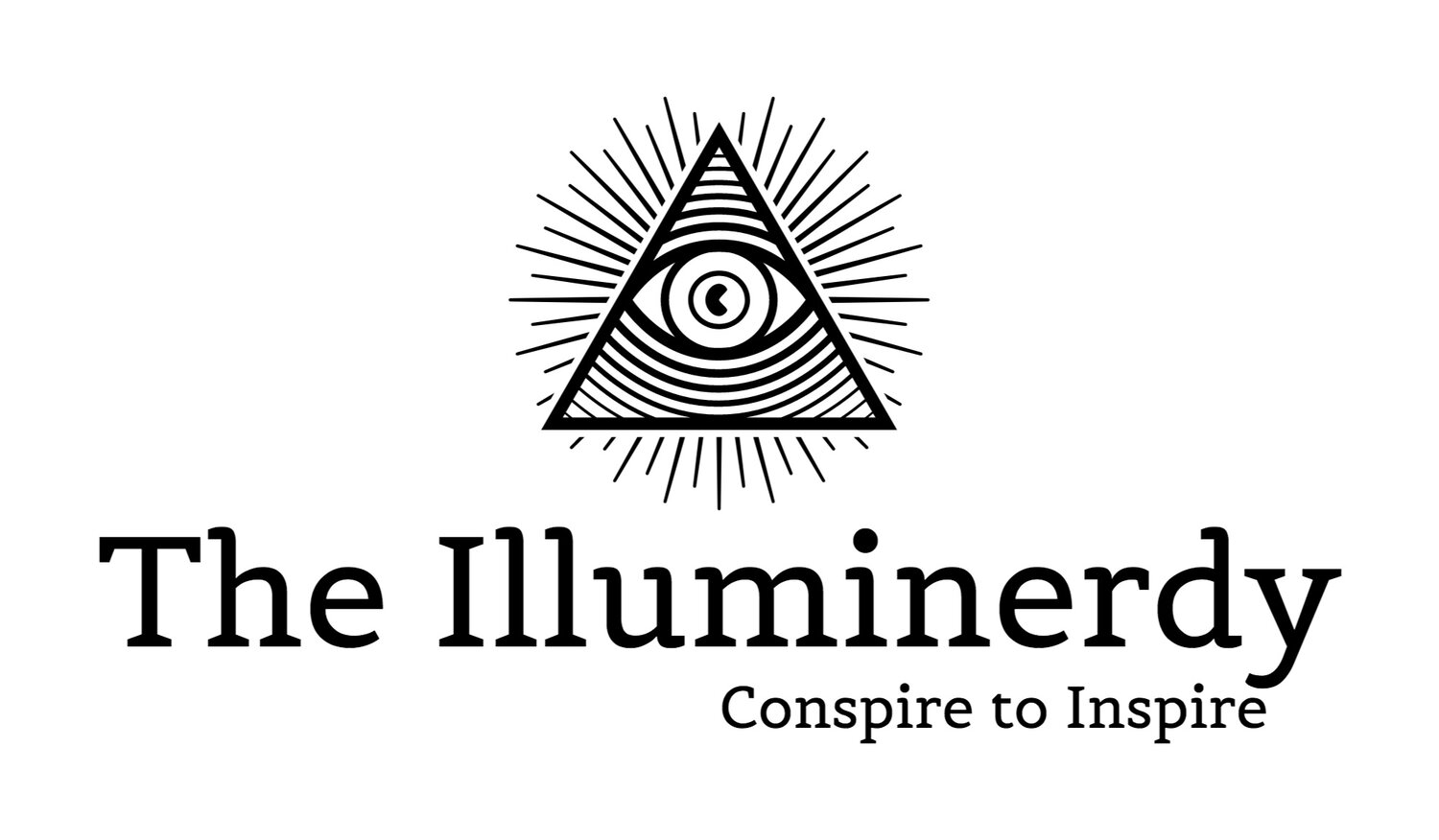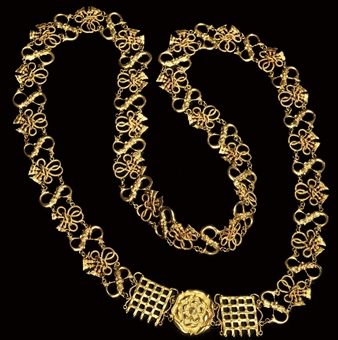We here at the Illuminerdy have been thinking a lot about villainous calling cards since the last time we mentioned them. The reaction on the intertubes to our previous post on the subject seemed to suggest that people are interested in the idea, and also that they really don't like to look at pictures of flies on eyeballs. I guess we're coming in to this one 1 for 2. In any case, you've caused some introspection -- some rumination -- and as it turns out we have a little more to say.
SETTING THE STAGE
Introducing your players to your villains’ calling cards is just as (if not more) important than choosing the cards, themselves. There are two different ways to establish the connection between your villain and the calling card you hope your players will associate with him, her, or it. In some cases, you may wish to introduce the calling card before the antagonist appears. Introducing the calling card before the villain allows your characters to encounter the aftermath of their foe’s schemes before ever encountering the villain, and can be a really easy way to develop a sense of mystery around your game's bad guy. Given time to develop, that kind of mystery can make the ultimate appearance of the PC's foe all the more dramatic.
Other calling cards are not so easily introduced without the villain’s presence. Physical traits or unique clothing and adornments (usually incidental calling cards, to borrow terminology from our last post) are hard to bring into play if your characters have never seen them. However, if the villain is introduced along with his calling card, DMs need not completely abandon a subtle introduction. The introduction of the character should call attention to the character’s calling card, but there's no reason to be ham-fisted about your game's central mysteries -- calling cards are best thought of as clues, not glaring neon signs pointing out the guilty.
For example, your characters might find a link from an elaborate chain of office, or a discarded ornate dagger near the last known location of a kidnapped abbot of a powerful monastery. Or perhaps your characters might note that an NPC’s feet are of widely differing sizes in their initial encounter, only later to find similarly peculiar footprints while investigating the scene of a daring theft – hinting strongly at the same NPC’s involvement. If you feel like you're being too obvious, it's easy to make some of these clues red herrings, but be aware that too many such distractions may render your players a little leery of following your lead.
The second step in setting the stage for your villainous calling cards is recurrence. You’ve already called attention to your players’ foes’ unique traits, but they should appear repeatedly in order to reinforce the player’s connection between the calling card and the adversary herself. A murder in which the victim has had his eyes plucked out, and then replaced in their sockets backward would certainly be memorably gruesome. It would take another murder using the same method to signal to your PC’s that a single person was responsible for the grisly crimes.
Recurrence is probably easiest to justify when using dependent calling cards (those things that the villain is effectively compelled to do, say, or be), but can be used to clue the PCs into other plot elements when tied to reflective calling cards. Maybe there's something about the victims' eyes that the villain needs to study before leaving the scene of the crime, or perhaps the act is part of the burial rites of an obscure, lost religion.
Regardless, it can be important to remember that villainous calling cards can be exploited – used by your players against the villain that displays or employs them. If a villain makes most or all important decisions based on the toss of a specific coin, stealing or obscuring the coin could paralyze this dastardly devil in a critical moment. In the case of non-dependent calling cards, they can still easily be used as evidence to track down particular villains, ensuring that the proper price is paid for their wrongdoing.
SAMPLE CALLING CARDS
Below are a series of suggested calling cards. While each calling card has a recommended type, they are only recommendations. Feel free to alter the severity of your own villainous calling cards as best suits your needs.
INCIDENTAL
Roll 1d10
- Always wears a particular color.
- Always wears high-heeled riding boots.
- Wears a ring of unusual design.
- Always has a feather in her cap, hat, or helm.
- One hand is larger than the other.
- Has eyes of unique or unusual color.
- Has a lazy eye or eyes.
- Leaves a lace handkerchief at the scene of his crimes.
- Appears to be completely hairless.
- Has oddly shaped feet for her race.
REFLECTIVE
Roll 1d10
- Wears a helm made from a humanoid skull.
- Dresses fashionably – appears well-to-do.
- Dresses shabbily – appears unkempt.
- Wears a chain, crown, or circlet signifying public office.
- Always carries the holy book of a particular deity.
- Carries an unusual walking stick or staff.
- Carves a specific letter or symbol into the clothing or flesh of victims.
- Joints crack whenever he moves.
- Cuts the eyes out of portraits.
- Leaves philosophical treatises near the scene of her crimes.
DEPENDENT
Roll 1d10
- Always wears a mask or face-concealing helm.
- Wears gloves or gauntlets at all times.
- Only wears clothing of a rare or unique fabric or cut.
- Always wears metallic body armor, even when inappropriate or seemingly unnecessary.
- Always carries an ornate silver locket.
- Only kills with a specific weapon or type of weapon.
- Always consults a crystal ball before acting.
- Requires constant exposure to a particular element (fire, cold, acid, sound) for survival.
- Always carries a lit lamp, lantern, or torch.
- Refuses to attack anyone or anything from behind.

